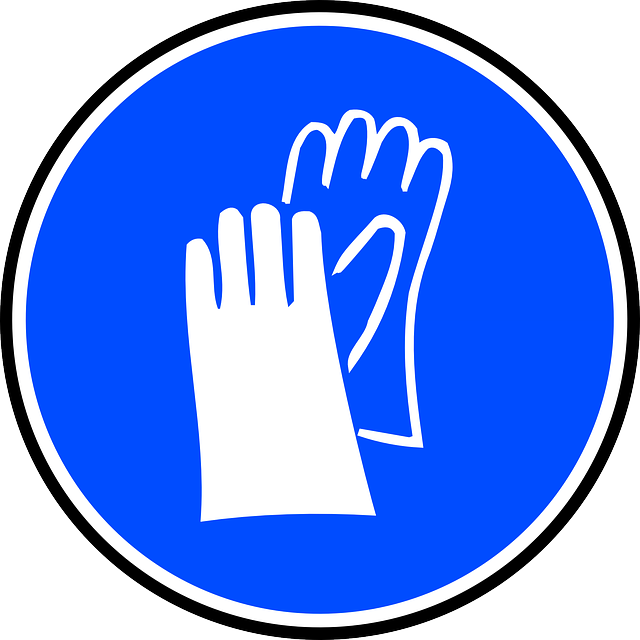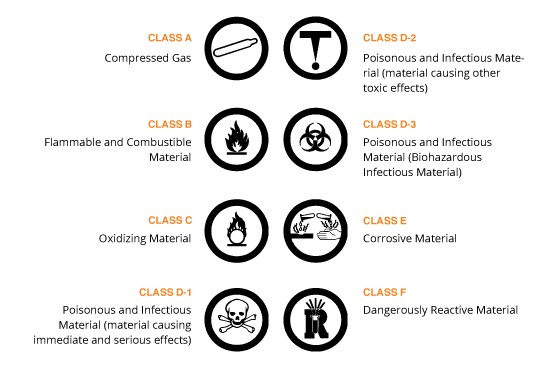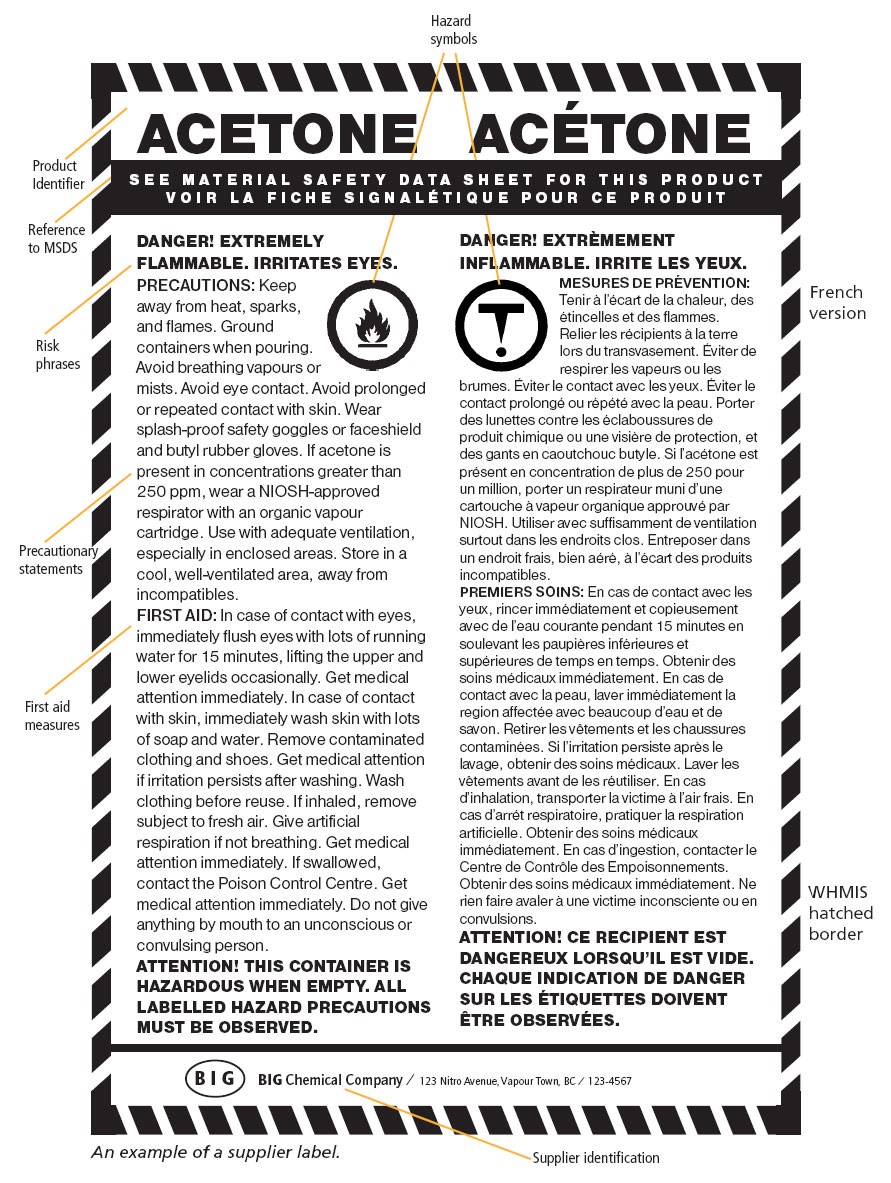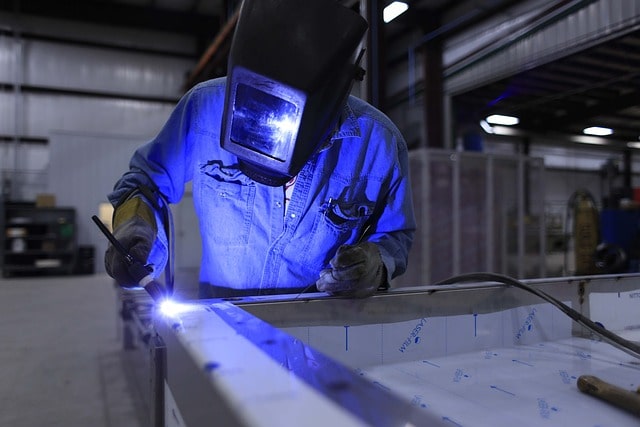
Health & Safety

Merit Services promotes proper well-being guidelines among all our workers and employees. Our mission to provide the best workforce services requires us to seek ongoing improvements towards preventing injuries or illness at work.
Everyone from the employer to the newest worker is responsible for keeping the workplace safe. This guide outlines your rights and responsibilities at work in addition to what Ontario’s Occupational Health and Safety Act (OHSA) expects from us, your supervisor, and you.
We want to ensure you are safe on the job and that you understand everyone’s health and safety duties. Preventing harm or illness at work begin with what you learn from this article.
What is WHIMS?
WHMIS stands for Workplace Hazardous Materials Information System, and it is a national information system that applies to all industries and workplaces in Canada. It was made to give workers and employers information about using, handling, and storing hazardous materials in the workplace.
WHMIS has three main elements:
Labels made to alert the workers that the container contains a potentially harmful product. There are two types of tags: workplace labels and supplier labels. Material safety data sheets (MSDSs) that outline a product’s potentials hazardous ingredient(s) and procedures for handling the product. Employee training—to ensure that workers know how to apply the knowledge acquired. Workplace labels identify the WHMIS class of the material. There are six WHMIS classes.

Supplier Label
The supplier label is a lot more comprehensive and must be attached to the container when it is delivered to the workplace (See Figure 2 for an example of a workplace label). The supplier label must have a black and white border and must contain:
- The product identifier including the brand name or code number. It may also have the chemical name, generic name, or trade name.
The supplier identifier—the name of the manufacturer or supplier. - A statement that the MSDS is to be referred to for more information.
- Hazard symbol(s).
- Risk phrases.
- Precautionary measures to be followed when handling or using the product.
- First-aid measures.

The MSDS identifies the potentially harmful ingredients in products, present factual information about the nature of the harmful ingredients, and provide guidance in the use and disposal of the product. The information must be comprehensive, up-to- date (revisions required every three years), and made available in two official languages. The following is information that must be on an MSDS: Product information—name, address, and phone number of the supplier/manufacturer and the product identifier and use.
A hazardous ingredients list.
- Physical data—information on odor, density, boiling point etc.
- Fire and explosion information—data on the flammability of the hazardous ingredients.
- Re-activity information—conditions which the material may react with other chemicals or materials.
- Toxicological data—all information on the possible health effects from exposure
- Preventative measures to be used when dealing with the product, such as ventilation requirements and handling.
- First aid measures.
- Preparation information—Information on who prepared the MSDS.
Responsibilities of the Employer
At Merit Services being committed to your health and safety here are some of the things we do as part of our job to keep you safe:
- Ensure supervisors know how to take care of health and safety on the job.
- Create health and security policies and procedures for the workplace.
- Make sure everyone knows and follows the health and safety procedures.
- Make sure workers wear and use the right protective equipment.
- Report accidents, injury, or illness to the Ministry of Labor.
- Do everything reasonable to keep workers from getting hurt and sick.
Responsibilities of the Supervisor
Here are some of the things the OHSA says every supervisor has to do as part of their job:
- Tell workers about hazards and dangers in the workplace and show them how to work safely.
- Ensure employees are following the law and occupational health and safety policies and procedures.
- Make sure workers are using the right protective equipment.
- Take every reasonable precaution in all circumstances.

Responsibilities of the Worker
As an employee of Merit Services., here are some of the things we require and the OHSA says every worker has to do as part of their job:
- Comply with the OHSA and its regulations.
- Always wear or use the proactive equipment that the employer requires.
- Report any known workplace hazard and any missing or defective equipment.
- Work or act in a way that won’t hurt yourselves or any other worker.
- Use the correct tools and equipment for the job and keep any tools used in good condition.
- Co-operate with health and safety committee members and representatives.
What rights does the employee have?
Workers have the right to be told about the hazards of the work you do and to be trained on how to perform your job safely. If someone asks you to do work that you do not know enough about, you have the right to speak up and ask questions. Many injuries could have been avoided if workers just had the right information and training. Don’t ever be worried that you will get in trouble for asking questions or reporting a problem. It is against the law for employers or supervisors to punish you in any way for doing what the OHSA says. You also have the right to refuse unsafe work if you have any reason to believe that the job would put you or even a fellow co-worker in danger.
Everyone Has a Role in Safety:
The OHSA places duties on everyone involved with the workplace including the managers, contractors, directors, owners, suppliers, licensees, officers and workers. Studies show that new and young workers in Ontario are more likely to get hurt during their first month on the job than at any other time. It is because they are unaware of the hazards of the job. or what to expect from their employers, their supervisor, and of themselves.
Key Features of Ontario's Occupational Health and Safety Act (OHSA):
The OHSA focuses on preventing workplace accidents and diseases before they happen. The OHSA sets out laws that spell out the duties of employers, supervisors, and the rights and duties of workers. There are also different regulations unique to particular industries and hazards that support the legislation. The Act says that your supervisor and your employer have to “take every precaution reasonable in the circumstances for your protection.” That means that we do everything that is reasonable to protect you on the job. Everyone in the workplace has duties, and The OHSA breaks them down into three primary levels of authority:
- The Employer.
- The Supervisor.
- The Worker (you).

Working Together for Safety:
We want to do our best to ensure your safety by knowing about all the potential hazards you may face in the workplace and training you on how to deal with them. If you see a hazard on the job, you have a duty to speak up. It is important that you let your supervisor or employer know about any injury, incident or close call so that we can work together to prevent those kinds of things from happening again in the future. You have the right to participate in Health and Safety.
Supplier Label:
The supplier label is a lot more comprehensive and must be attached to the container when it is delivered to the workplace. (See Figure 2 for an example of a workplace label) The supplier label must have a black and white border and must contain:
Ask questions if you are unsure.
- Volunteer to become a worker health and safety representative or a worker member of the joint health and safety committee.
- Help your safety committee by pointing out potential hazards.
- Put what you learn into practice in your job.
- Always be on the lookout for hazards to yourself and others.
Ask yourself these questions before you start working: - Is any of the machinery broken?
- Are there any warning labels or signs I should be aware of?
- Is there anything I can trip on?
- Do I need special equipment or protective equipment?
- Is there something I could get caught in?
- Do I know how to do this job safely? Have I received adequate training from my supervisors?
- Prevention starts here!

WHAT’S NEXT?
Merit Services is committed to providing you with a safe work environment. When it comes to your health and safety, there is no silly question—so ask if you ever have any. It could save your life. Remember if you see something unsafe that could hurt someone, or yourself, you need to report it your supervisor or your employer. We hope that you will use this information at your workplace, and stay safe on the job.
Contact Us:
We take your safety seriously! If you have any concerns, feedback, or questions about health and safety, please do not hesitate to get in touch with us. We are committed to providing you with excellent service and support.
Ugur Erdogan – ugur.erdogan@meritservicesltd.ca
Chethana Jane – jane@meritservicesltd.ca
Tavish Sharma – tavish.sharma@meritservicesltd.ca
Britney Caro – britney.caro@meritservicesltd.ca

